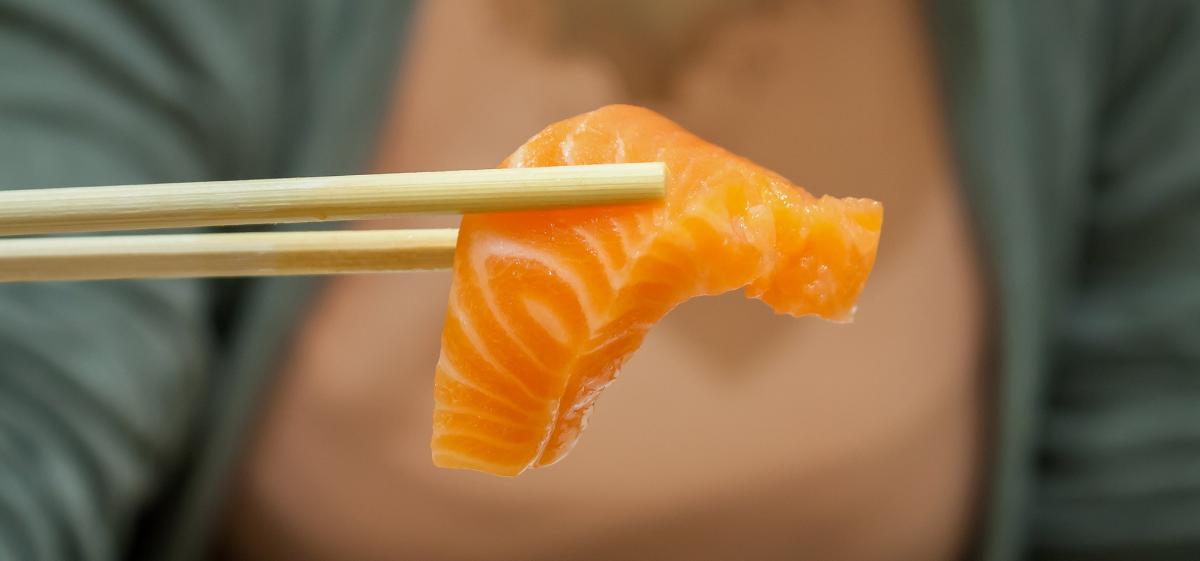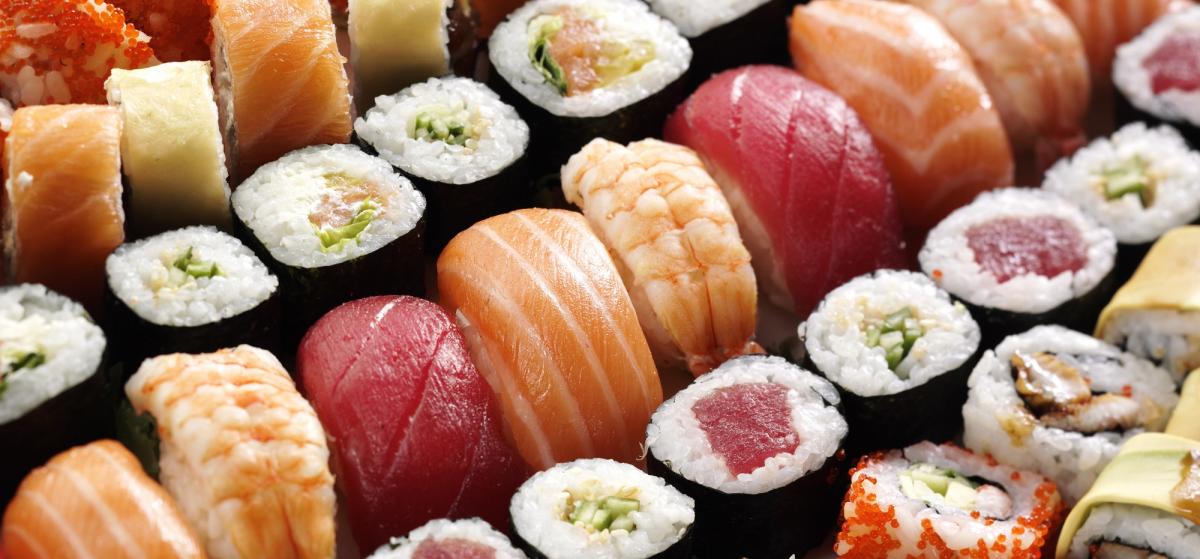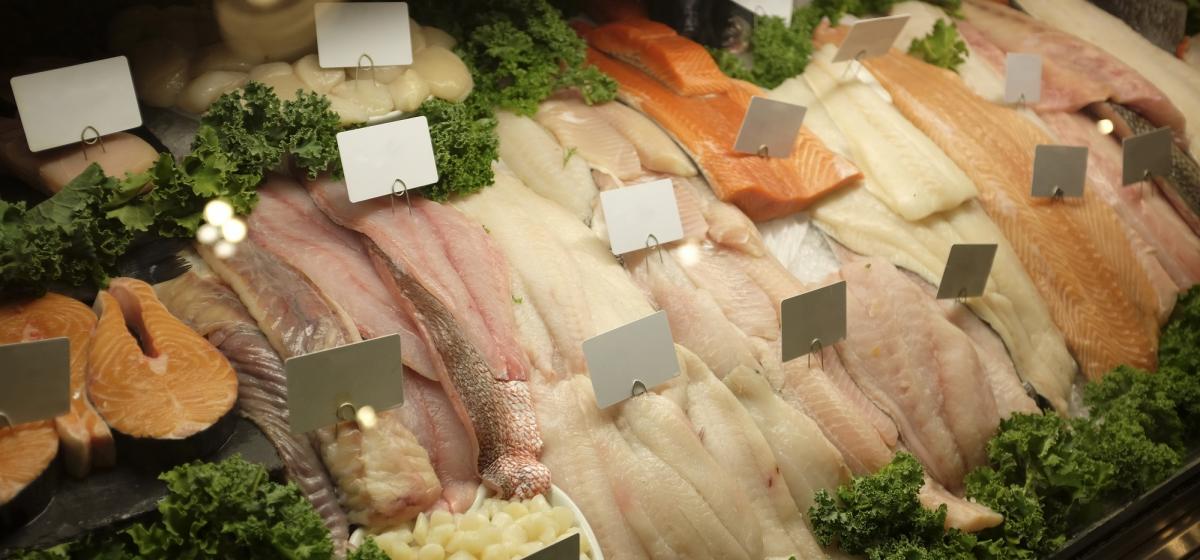April 28, 2017
Is the Canadian Government Missing an Opportunity to Stop Seafood Fraud?
Estimated reading time: 0 minutes
BY: Julia Levin
Topics: Stop Seafood Fraud
Whether through following Oceana Canada or recent news stories, chances are you’ve heard about the problem of seafood fraud – the dishonest practice of swapping one type of fish for another species or mislabeling seafood products. Even more likely is that at one point or another, you’ve been the victim of a seafood scam.
Let’s put this into perspective.;
Seafood fraud hurts our health and our wallets
Have you ever ordered white tuna at a sushi restaurant? You may have been served escolar, commonly called “the Ex-Lax of fish,” because of the digestive issues it causes.
Looking forward to eating a delicious red snapper? Instead you may be getting tile fish, which has mercury levels so high that some consumers are warned against eating it.
Why does this happen? One of the main motives behind seafood fraud is profit: a cheaper fish is mislabelled as a higher-value species in order to charge you—the consumer—more. Your health and wallet can be impacted by this dishonest practice, along with the honest businesses and fishers that play by the rules.

The sinister side of seafood fraud
Seafood fraud can allow illegally caught fish into the Canadian market. Black market fish is intentionally masked as legally-caught seafood. In addition to threatening already vulnerable marine life and further stressing our oceans, pirate fishing has been linked to human rights abuses, including forced labour, human trafficking and other illegal activity.
Is seafood fraud a problem in Canada?
Yes. An Oceana report on global seafood fraud found that, on average, one in five of the more than 25,000 samples of seafood tested worldwide were mislabelled. Canada is not an exception: the report found that up to 41 per cent of the Canadian seafood samples tested were also mislabelled.
So what’s the Canadian government doing about it?
The Canadian government lags far behind both the European Union and the United States when it comes to fighting seafood fraud.
The Canadian Food Inspection Agency (CFIA), the agency in charge of making sure the food you eat is safe and properly labelled, is currently drafting the Safe Food for Canadians Regulations (SFCR). This is the perfect opportunity to do more to stop seafood fraud in Canada. However, what is currently proposed falls far short of what is needed.
Last week, Oceana Canada submitted recommendations for how the proposed regulations could be improved to prevent seafood fraud. We called for boat-to-plate traceability and for basic information to follow the seafood product along the entire supply chain. This would allow everyone, from the person who catches the fish, to the distributers, buyers and even the diner in a sushi restaurant, to know the history of that seafood product.
Proposed regulations around traceability just don’t cut it
Seafood follows a long and complex path, often crossing several international borders and passing through many hands as the product moves through harvest, processing, distribution and final sale. This opaque journey presents many opportunities for dishonest and fraudulent actions.
The only way to stop seafood fraud is through full-chain, bait-to-plate traceability – tracking fish products from where they are caught or farmed all the way through the supply chain to when they are sold to be eaten. Although CFIA has recognized the need for traceability, which is also key for ensuring food recalls can happen quickly and efficiently, its proposed traceability regulations don’t go far enough. Oceana Canada is calling on CFIA to improve its regulations to ensure all seafood sold in Canada is fully traceable from the point of sale to the point of harvest, just like it is in Europe.
Are Canadian consumers eating in the dark when it comes to seafood?
The only information required on seafood labels in Canada is a generic marketplace name and the country of origin. Labels and menus should include essential information such as the species scientific name, whether the fish was wild-caught or farmed, where it came from and the type of fishing gear used. This information is already required in the EU, and the U.S. is moving quickly in this direction. Canadian consumers deserve the same guarantee that they’re eating safe, sustainable and legal fish.

What can you do?
If you don’t want to be duped by seafood fraud, you can start by asking where and how your seafood was caught, be wary of fish that seems cheaper than it should and, when possible, buy fish whole.
Get the latest updates on ending seafood fraud in Canada by becoming a Wavemaker and connect with us on Facebook, Twitter and Instagram to share with friends and family how you support ending seafood fraud.
MOST RECENT
April 24, 2025
March 6, 2025
February 3, 2025
January 22, 2025
Celebrating New Beginnings in 2025: Four Right Whale Calves Spotted Off Florida Coast



